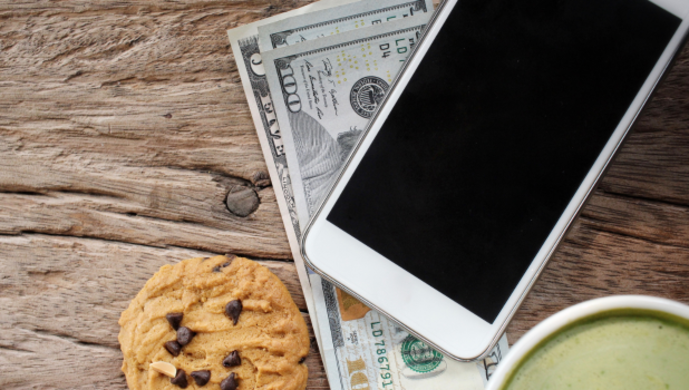In October 2008, a rumor that Apple's CEO, Steve Jobs, might have had a heart attack rapidly spread among investors. The result was a $9 billion loss in market value! More recently, a rumor that a message on a McDonald's window said that people of color should now pay $1.50 more to be served created a flood of responses on Twitter. "These two examples show that the recent explosion of new media like blogs, forums, and websites such as Facebook or Twitter promote the emergence and spread of rumors. Today, more than ever, the organizations under attack owe it to themselves to understand these phenomena and provide specific, quick, and strategic responses," says David Dubois.
How rumors become facts
The authors study how rumors spread through a series of experiments aimed at understanding how information is transmitted from one consumer to another. In one of them, participants had to tell others that a restaurant is using worm meat in its hamburgers, mentioning that the information source might not be credible. The results showed that if the belief persists, initial uncertainty dissipates gradually as the message is passed along. Thus, numerous participants at the end of the chain affirmed that they would never go to the restaurant.
The farther rumors are spread, the more factual they are perceived to be. "The loss of initial uncertainty regarding the information leads consumers to act as if the rumor were true and to adopt behavior that could be very costly in terms of brand image," says Dubois.
The loss of initial uncertainty regarding the information leads consumers to act as if the rumor were true.
Combat the rumor!
For managers, the key question is how to combat damaging rumors and mitigate their negative impact. One possibility is to deny the rumor. Widely used (especially in the McDonald's example), this response may actually strengthen the association between the brand and the rumor by alerting unknowing consumers to the situation. "We found that consumers were not more likely to eat at a restaurant suspected of using worm meat when the restaurant denied the rumor than when it did nothing," says Dubois.
What's more effective, but generally more difficult to implement, is the strategy of re-association, which involves introducing a positive stimulus (e.g., certain renowned chefs use worm meat in their cuisine). But according to Dubois, the best solution is to directly question the certainty of the rumor: "Ask consumers where the rumor comes from, if the source is sure, and challenge them to prove it."
How to promote word-of-mouth
This research on the transmission of information has implications for another equally important phenomenon: word-of-mouth. As in the case of uncertainty, certainty too can also dissipate during transmission.
In another experiment, participants had to convey a positive message about a hotel. Dubois and his co-authors found that the intention of consumers to book a room declined as recommendations were spread further along. To overcome this problem, notably on the Internet, another study shows that companies are interested in creating rating systems that enables consumers to express certainty when sharing a positive opinion about a brand. Online retailers increasingly use this procedure.
"We found that consumers were more likely to take a positive review seriously when the reviewer's confidence was highlighted," concludes Dubois.










